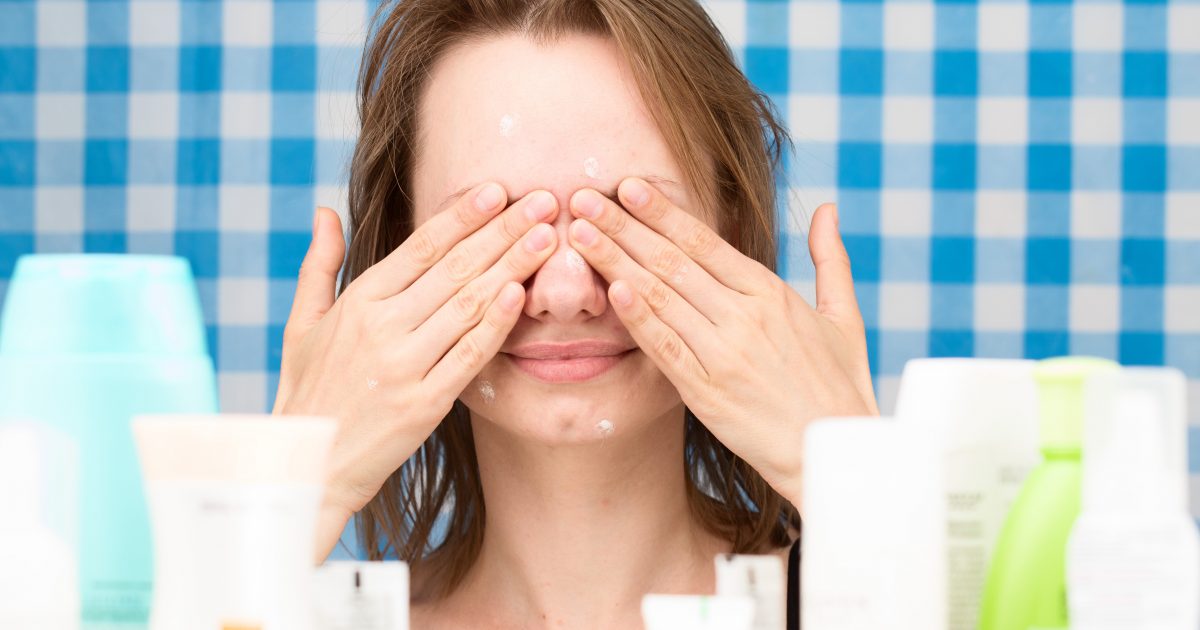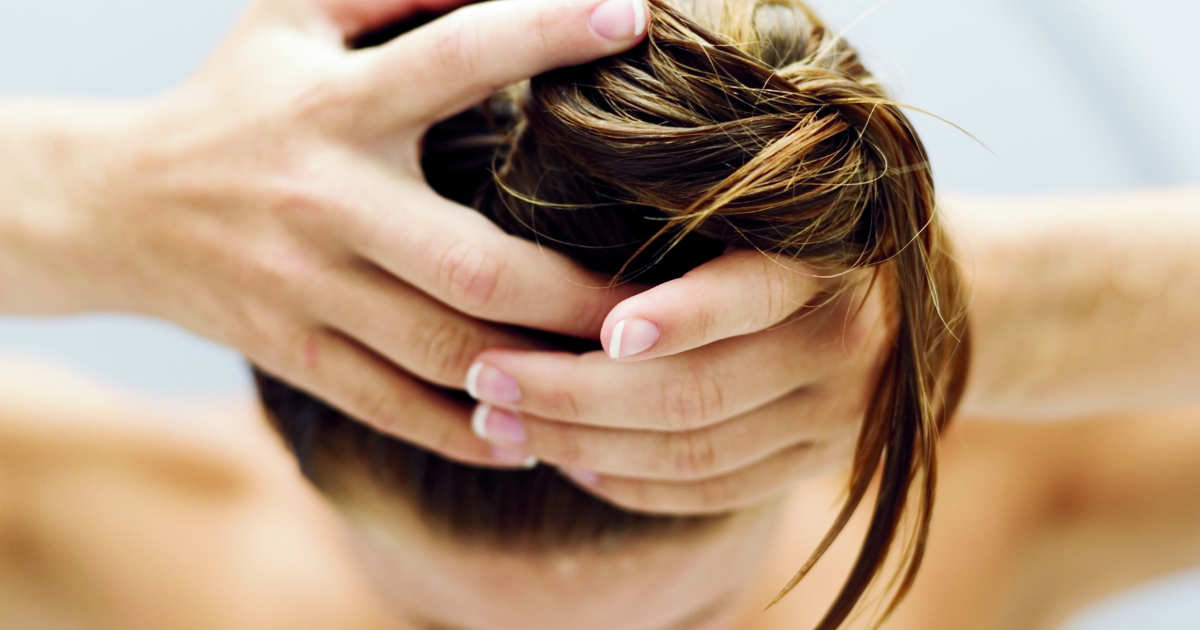Risk Factors And Causes Of Earlobe Cysts
Cysts are encapsulated material occupying space within the body. These sac-like structures have clear cellular boundaries defining walls that distinctly separate them from the part of the body in which they arise. Sizes vary and their interiors may be filled with a variety of body fluids and semi-solids. When infected, the encapsulation is abscessed and becomes problematic.
Dermoid cysts arise in the earlobe's epidermis, birthed by left-over cells residual since birth. Their make-up may include sebaceous gland or hair follicle components. Sebaceous cysts have a yellowish debris filling comprised of oils derived from triglycerides, which lubricate the skin. Rare pilar cysts may arise from hair follicles in the ear. Blood-filled cysts result with trauma to the ear.
History Of Acne Issues

The skin is filled with pores. They allow individuals to sweat when they are hot to maintain the body's cool 98.6 degrees Fahrenheit. Perspiration is provided via sweat glands, sac-like structures. Pores may clog up on the outside with dirt or environmental debris, thus preventing perspiration. Or, materials within the sweat may aggregate, plug glands and pores, and prevent perspiration. Infection may arise, with the same result.
White blood cell disease-fighters within the body are dispatched to the pore, pus develops, and swelling enlarges the sweat gland, causing doming at the skin surface. Pressure within the inflamed pore at the dome causes bursting, spreading the infection to surrounding skin as the patient attempts to scratch itchy skin. Further damage may result when the pore is deemed just a pimple and is squeezed to remove infected material from the pore. Even after an infectious episode, hardened or thickened material within the damaged pore may be seen as a 'bump' on the surface or reddish blemish rising above the skin's surface, initiating a history of acne issues.
Damaged Hair Follicles Or Oil Glands

Sweat glands are not the only channels connecting the body's subsurface to the skin. Hair follicles have a sac structure with the hair root at its base. The hair is directed to the skin surface by cells comprising the sac's walls. Oil glands may be independent structures or may be associated with hairs. Normally, these glands generate sebum, depositing it directly on the skin surface or indirectly by coating the shaft of hair in its sac. At the skin surface, the sebum softens and waterproofs.
Damaged hair follicles or oil glands are part of a pilosebaceous unit. External or internal blockage at the hair follicle or oil gland may result from debris or infection present within the sac. Doming of the sac may result in bursting at skin level as a result of infection. Any compromised unit component may infect the whole. Units are present in most skin areas affected by acne. Epidermoid cysts are not cancerous, but they do grow as sebum swells the sac, even as the infection resolves. These are technically space-occupying lesions and are not cancerous.
